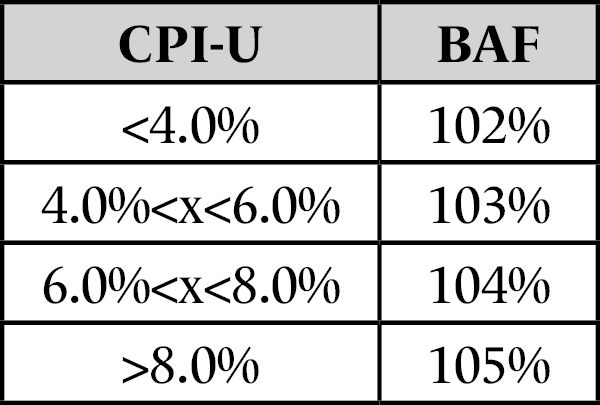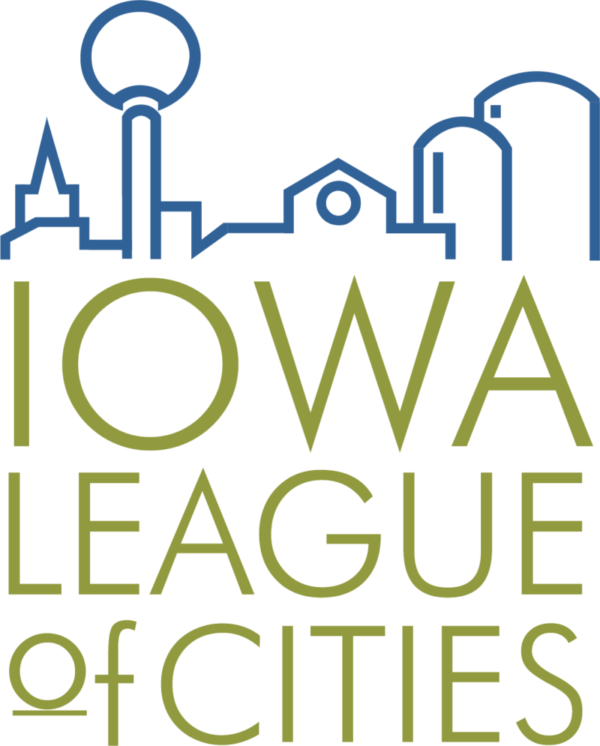
Financial Impact Analysis Model for HSB 328 / SSB 1227
The Legislature recently released a new version of the property tax reform bills: HSB 328 and SSB 1227. Our updated model and analysis are available below. The completed modeling shows expected financial impacts for each city in Iowa based on a standard set of assumptions. If you want to adapt the model to your specific conditions, use the ACGFL Model tool.
Completed Modeling | Key Observations & Assumptions | ACGFL Model | HSB 328 / SSB 1227 Brief Overview
Completed Modeling for Your City
HSB 328 and SSB 1227 are currently under consideration by the Iowa Legislature, which would result in significant changes to the property tax system. Below you will find completed modeling for your city based on a standard set of inputs. Click on the link below that corresponds to the range where your city’s name falls to download a folder containing your city’s specific PDF.
Please note: This is a draft modeling assumption and changes to the bill are expected. If you want to get more in the weeds, cities can access the full 2025 City Property Tax Reform – ACGFL Model.
This model is only representative of the city portion of the proposed legislation. This model does not include counties or the state’s planned $426 million investment to reduce school levy rates, which may offset tax increases to residents.
ACKLEY – ANAMOSA
ANDOVER – AYRSHIRE
BADGER – BEVINGTON
BIRMINGHAM – BLAKESBURG
BLANCHARD – BUCKEYE
BUFFALO – CENTER POINT
CENTERVILLE – CLERMONT
CLINTON – CORYDON
COTTER – DE SOTO
DE WITT – DOUGHERTY
DOW CITY – ELDRIDGE
ELGIN – FARMERSBURG
FARMINGTON – GALVA
GARBER – GRAND JUNCTION
GRAND MOUND – HANCOCK
HANLONTOWN – HINTON
HOLLAND – JAMAICA
JANESVILLE – KIRKVILLE
KIRON – LAWLER
LAWTON – LITTLE SIOUX
LIVERMORE – MAHARISHI VEDIC CITY
MALCOM – MASONVILLE
MASSENA – MILLERTON
MILO – MOUNT AUBURN
MOUNT AYR – NICHOLS
NODAWAY – ORANGE CITY
ORCHARD – PARNELL
PATON – POSTVILLE
PRAIRIE CITY – REINBECK
REMBRANDT – ROLAND
ROLFE – SCHLESWIG
SCRANTON – SLOAN
SMITHLAND – STEAMBOAT ROCK
STOCKPORT – THOR
THORNBURG – VAIL
VALERIA – WATERVILLE
WAUCOMA – WESTPHALIA
WESTSIDE – WYOMING
YALE – ZWINGLE
Page 1:
- Top table shows projected ACGFL rates based on proposed legislation. Revenues from Existing Property, New Construction and Total Revenues are all calculated. Annual revenue growth projected for 10 years.
- Middle table shows 10 years of projected Valuations. Including 100% assessed valuation, Taxable Non-TIF Valuation, Taxable TIF Valuation and Total Taxable Valuation.
- Bottom table shows the property class mix for Taxable Valuations of Residential, Commercial and Industrial Valuations. These will not add to 100% as they do not include all property classes or credits.
Page 2:
- This sheet calculates the portion of a tax bill that funds the ACGFL for Commercial, Industrial and Residential taxpayers. For the Residential taxpayers it includes Homestead – Non Senior, Homestead – Senior and Non-Homestead.
- The range of valuation is $50,000 to $50,000,000.
Page 3:
- Builds off Page 2 and calculates the dollar change and the percent change for the data calculated on Page 2.
Page 2 and Page 3 highlights the impact to taxpayers based on property type.
Page 4:
- Compares Total ACGFL revenues under the proposed legislation and the current legislation.
- Top Left – proposed legislation
- Top Right – current law
- Bottom table includes the difference between the top two tables for Taxable Non-TIF Valuation, ACGFL levy rate and Total Revenues.
Key Observations:
- Shift in tax burden from Commercial/Industrial to Residential is notable and should be understood by legislators.
- Different cities will see different results compared to current legislation based on property tax mix, use of TIF, and new growth assumptions.
- The updated legislation creates a Budget Adjustment Factor (BAF), which allows for a modest increase in revenue limits when the Consumer Price Index (CPI) exceeds 4%. However, the increase does not match the full rate of CPI growth. Due to the infrequent nature of this adjustment, cities may struggle to offer competitive wages, potentially leading to a gradual reduction in the level of services they are able to provide.
- If CPI (urban) is less than 4%, the restrictor is 2%
- If CPI is between 4-5.99%, the restrictor is 3%
- If CPI is between 6-7.99%, the restrictor is 4%
- If CPI is over 8%, the restrictor is 5%
- TIF has been complicated to evaluate. Each city should work through the mechanics of their TIF separately. A general consensus is that if the tax rates decrease and the valuations do not increase enough to offset the reduction to the rates (and they won’t) then TIF revenues will not be available to pay TIF obligations. The TIF obligations that are backed by the debt service levy will cause an increase to those taxes. The TIF obligations that are paid under certain agreements may not be sufficient to live up to the intentions of the original agreement.
Assumptions:
- If a city’s existing valuation grows above 2% then the ACGFL rate will adjust to cap revenue growth from existing valuation at the budget adjustment factor (“BAF”) based on the CIP. If a city’s growth from existing valuation is below 0.5% then the ACGFL will adjust to deliver at least 0.5% new revenue. Depending on the new growth from the prior year added to the existing, the ACGFL may also need to deliver the appropriate revenues if the revenue growth is between 0.50% and 2.00%.

- Cities have the ability to change the revaluation percentage in odd assessment years. Revaluation for even assessment years is assumed to be 0%. The model populates an example county Assessment Year 2025 (FY 2026-2027) based on recent County data. Then for Assessment Year 2027 (FY 2028-2029), Residential revaluation is equal to 4.00%. This is the 30-year average, excluding AY 2023, and aligns with statewide assumptions used by DOM.
- The number of homestead (regular and elderly) and military exemptions are assumed to be equal to the number of exemptions on 1-1-2024. Based on inputs to the new valuation, we have estimated new exemptions based on Average home price. This can be adjusted to account for multi-residential.
- The rollback for Gas and Electric Utilities is not subject to a rollback and is set equal to FY 2025-26.
- TIF sunsets and releases are not considered “new valuation”.
- Maximum tax revenue is calculated as (Prior Year Tax Dollars x BAF) + (New Value x Calculated New Year Levy Rate).
- Residential Rollback Assumptions used to compare proposed legislation to current legislation:
| Assessment Year | Residential Rollback % | Residential Revaluation |
| 2025 | 43.4145% | 7.00% |
| 2026 | 44.3528% | 0.82% |
| 2027 | 43.9263% | 4.00% |
| 2028 | 44.8757% | 0.82% |
| 2029 | 44.4442% | 4.00% |
| 2030 | 45.4047% | 0.82% |
| 2031 | 44.9681% | 4.00% |
| 2032 | 45.9400% | 0.82% |
| 2033 | 45.4983% | 4.00% |
| 2034 | 46.4816% | 0.82% |
2025 City Property Tax Reform – ACGFL Model
This tool helps you evaluate the financial impact of the proposed legislation (HSB 328 / SSB 1227). It accounts for key provisions, including the new $50,000 homestead exemption for residential property owners.
Note: This model is only representative of the city portion of the proposed legislation. This model does not include counties or the state’s planned $426 million investment to reduce school levy rates, which may offset tax increases to residents.
Step-by-step instructions are included in the download above to help you understand how to navigate and operate the model. To ensure a smooth process, please gather the following information before starting the model:
What You’ll Need Before You Begin
- FY25-26 Adjusted City General Fund Levy
- (From the DOM’s budget form – must match official records)
- Growth Rate Estimates for Assessed Valuation by Property Class
- TIF Increment Values
- New Construction Valuation Projections by Property Class
- For both non-TIF and TIF areas from FY26-36
- Expected TIF Capture from New Valuation
We expect further revisions to the legislation in response to feedback from stakeholders. Your city’s data is vital for helping lawmakers understand the real-world impact of individual communities. We encourage you to use the model as a starting point—tweak it to reflect your city’s specific assumptions. The goal is to determine how the proposed changes would affect your operations and your ability to deliver essential services to residents. We are committed to advocating for smart, workable policy, but we need your help to do it.


